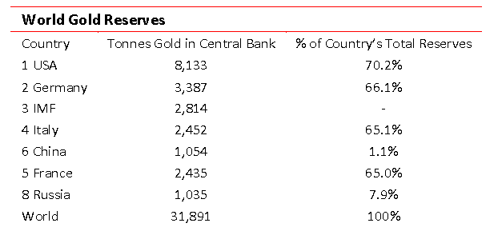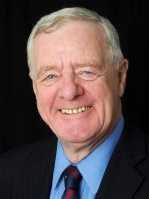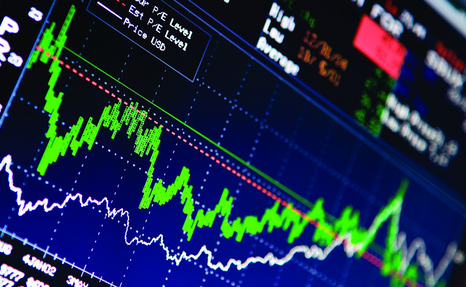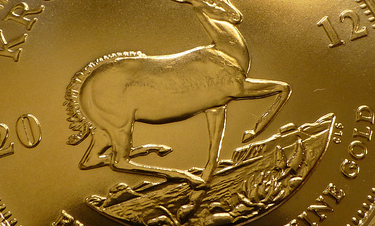Nyheter
David Hargreaves on Precious Metals, week 21 2014

That the prices of the big three did not move hardly mattered to those who live off the precious metals industry. We heard it for Russia buying more gold – a lot more – possibly curtailing exports of palladium and South Africa’s platinum mining impasse not resolving. What is interesting, disturbing even, is that it is not shifting metal prices. As the tables show, gold was moribund, week to week, at $1295, platinum put on $2 to $1471 whilst silver shifted backwards to maintain its place in the club. Now palladium, beloved of diesel engine exhaust catalysts, is making the news.
Although found with big brother platinum, it also occurs separately as we show below. It has always sold at a discount because its catalytic properties are not as strong. Much comes from Russia and in the tit-for-tat Ukraine spat it is suggested exports might dry up. (Thinks – if Russia stops its oil, gas and palladium exports, how will it continue to subsidise its black bread and vodka?). We digress. Suffice to say that year-on-year, the big four precious metals have fared thus:
Gold (-7.8%), Silver (-12.2%), platinum (+0.8%), palladium (+10.2%).
Reasons abound. Platinum : 80% comes from RSA which is embroiled in labour problems that are threatening supply.
Another 14% comes from Russia. Palladium: 44% comes from Russia, whose bareback rider Vladimir is riding roughshod. Another 40% hails from RSA. The bright spots? Look at Stillwater (NYSE $17.50) up 12% this week as the news sinks in.
Gold reserves. Whenever we think of another currency overtaking the US dollar we think of central bank gold reserves. Only two commodities matter when you value a currency. One is the capability of its host country to perform and the other is what tangibles it holds. The latter comes in two forms: foreign currencies and gold. The gold fraction is measured as a % of total reserves and the comparison takes some by surprise. Thus in February 2014 we had, says the WGC:
These numbers do not move regularly, so when they do, we need to ask why. Now your gold as a % of total foreign exchange is indicative n’et ce pas? Do you trust paper (and whose?) or tangibles? In April 2014, Russia bought 900,000oz, or 28t. It will not cause sleepless nights in Washington and may be no more than a poker chip. Bloomberg gave us a shake down on the bigger picture. Total Russian gold and forex reserves are relatively unchanged at $471bn (May 9th). Gold is about 10%. WIM says: This game is Thursday’s child; it has far to go.
Palladium. The run on platinum’s poor cousin needs to be put into perspective. Its output, at c. 6.0Moz per year is almost identical and its major end use (60% autocatalysts) slightly exceeds (Pt = 46%). As we note, sources are limited but definable. Despite being dubbed “precious” it will never fully qualify because it looks like aluminium/stainless steel/what have you. So industrial it is, although very useful and will continue to command a highish price. It is currently buoyed up politically so let us not get over excited. The stats are worth a note. Russia’s Norilsk produces over 40% (2.6Moz/yr) with North America taking over 25% for the auto market. So what if supplies dry up? WIM says: If you enjoy cat-and-mouse, buy palladium, buy Stillwater, stay close to the phone and your bottle of Bourbon. This one will blow over. Interestingly though is that Johnston Matthey, the largest producer of catalysts, is to buy all Stillwater’s production.
Johnson Matthey sees the platinum market deficit widening in 2014, hardly a surprising conclusion as the world’s largest miner, RSA, has downed tools and the biggest user, the auto industry, is going for its life. The users put on a brave face and say stocks plus non-RSA supplies will see them through.
Sprott. Where would we be without blatantly aggressive fund managers who have to push their own books regardless of reality? Thus Sprott. One of the company’s portfolio managers (no names, no pack drill), says the gold price could ‘achieve’ $5000/oz. He talks seasonality, 1974-1976 and … a large Scotch please and easy on the water. WIM has its sights on $40,000 but only if the Chinese take over the world currency markets. Otherwise, we are for $1200. Even that is above some highly respected bankers who are at $1000-1050.
[hr]
About David Hargreaves
David Hargreaves is a mining engineer with over forty years of senior experience in the industry. After qualifying in coal mining he worked in the iron ore mines of Quebec and Northwest Ontario before diversifying into other bulk minerals including bauxite. He was Head of Research for stockbrokers James Capel in London from 1974 to 1977 and voted Mining Analyst of the year on three successive occasions.
Since forming his own metals broking and research company in 1977, he has successfully promoted and been a director of several public companies. He currently writes “The Week in Mining”, an incisive review of world mining events, for stockbrokers WH Ireland. David’s research pays particular attention to steel via the iron ore and coal supply industries. He is a Chartered Mining Engineer, Fellow of the Geological Society and the Institute of Mining, Minerals and Materials, and a Member of the Royal Institution. His textbook, “The World Index of Resources and Population” accurately predicted the exponential rise in demand for steel industry products.
Nyheter
Samtal om flera delar av råvarumarknaden
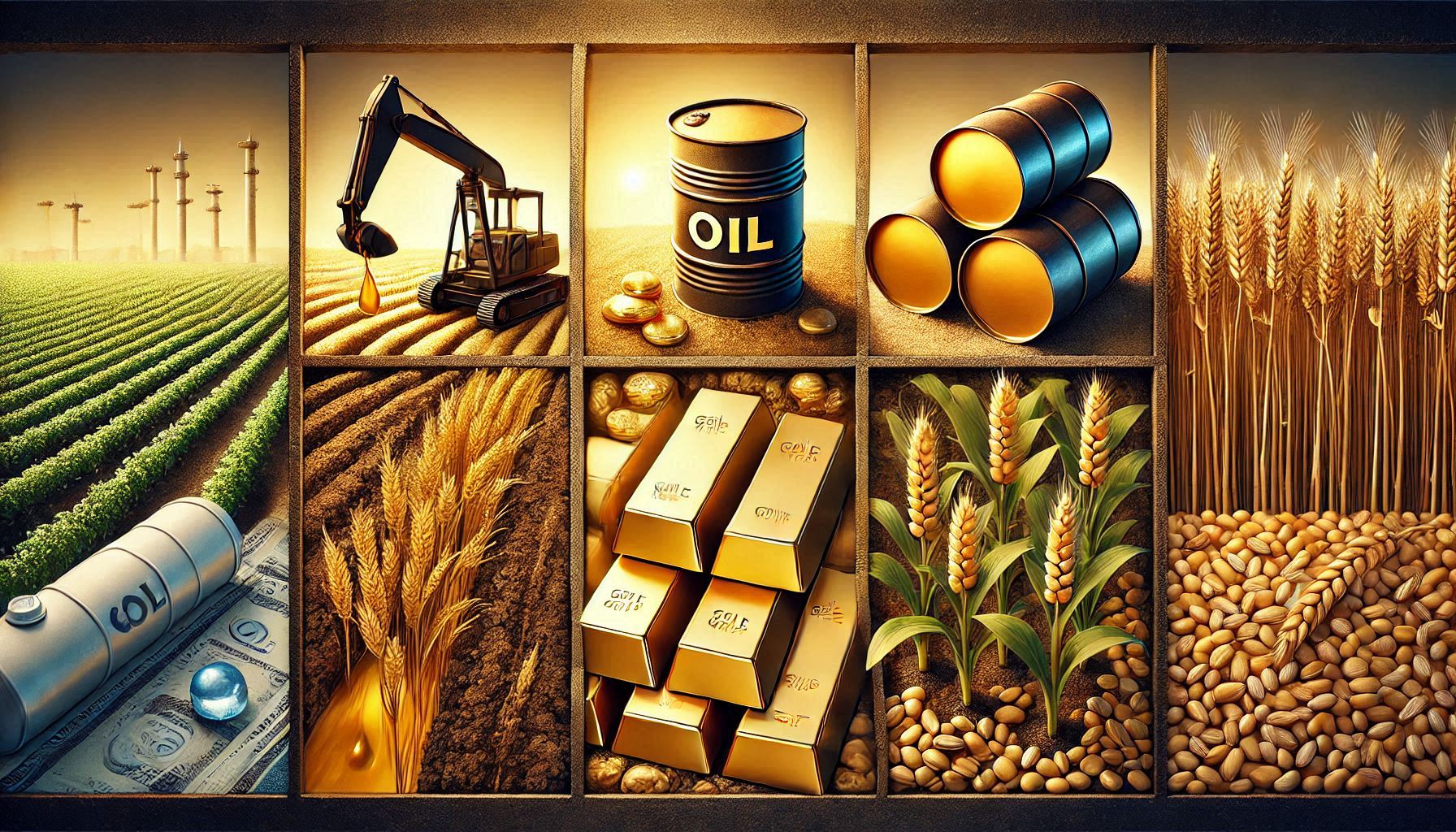
Ett samtal som sammanfattar ett relativt stabilt halvår på råvarumarknaden trots volatilitet och geopolitiska spänningar som sannolikt fortsätter in i andra halvan av året. Vi bjuds även på kommentarer från Carlos Mera, Rabobanks analyschef för jordbrukssektorn och Kari Kangas, skogsanalytiker.
Nyheter
Jonas Lindvall är tillbaka med ett nytt oljebolag, Perthro, som ska börsnoteras

Jonas Lindvall, ett välkänt namn i den svenska olje- och gasindustrin, är tillbaka med ett nytt företag – Perthro AB – som nu förbereds för notering i Stockholm. Med över 35 års erfarenhet från bolag som Lundin Oil, Shell och Talisman Energy, och som medgrundare till energibolag som Tethys Oil och Maha Energy, är Lindvall redo att än en gång bygga ett bolag från grunden.
Tillsammans med Andres Modarelli har han startat Perthro med ambitionen att bli en långsiktigt hållbar och kostnadseffektiv producent inom upstream-sektorn – alltså själva oljeutvinningen. Deras timing är strategisk. Med ett inflationsjusterat oljepris som enligt Lindvall är lägre än på 1970-talet, men med fortsatt växande efterfrågan globalt, ser de stora möjligheter att förvärva tillgångar till attraktiva priser.
Perthro har redan säkrat bevisade oljereserver i Alberta, Kanada – en region med rik oljehistoria. Bolaget tittar även på ytterligare projekt i Oman och Brasilien, där Lindvall har tidigare erfarenhet. Enligt honom är marknadsförutsättningarna idealiska: världens efterfrågan på olja ökar, medan utbudet inte hänger med. Produktionen från befintliga oljefält minskar med cirka fem procent per år, samtidigt som de största oljebolagen har svårt att ersätta de reserver som produceras.
”Det här skapar en öppning för nya aktörer som kan agera snabbare, tänka långsiktigt och agera med kapitaldisciplin”, säger Lindvall.
Perthro vill fylla det växande gapet på marknaden – med fokus på hållbar tillväxt, hög avkastning och effektiv produktion. Med Lindvalls meritlista och branschkunskap hoppas bolaget nu kunna bli nästa svenska oljebolag att sätta avtryck på världskartan – och på börsen.
Nyheter
Oljan, guldet och marknadens oroande tystnad
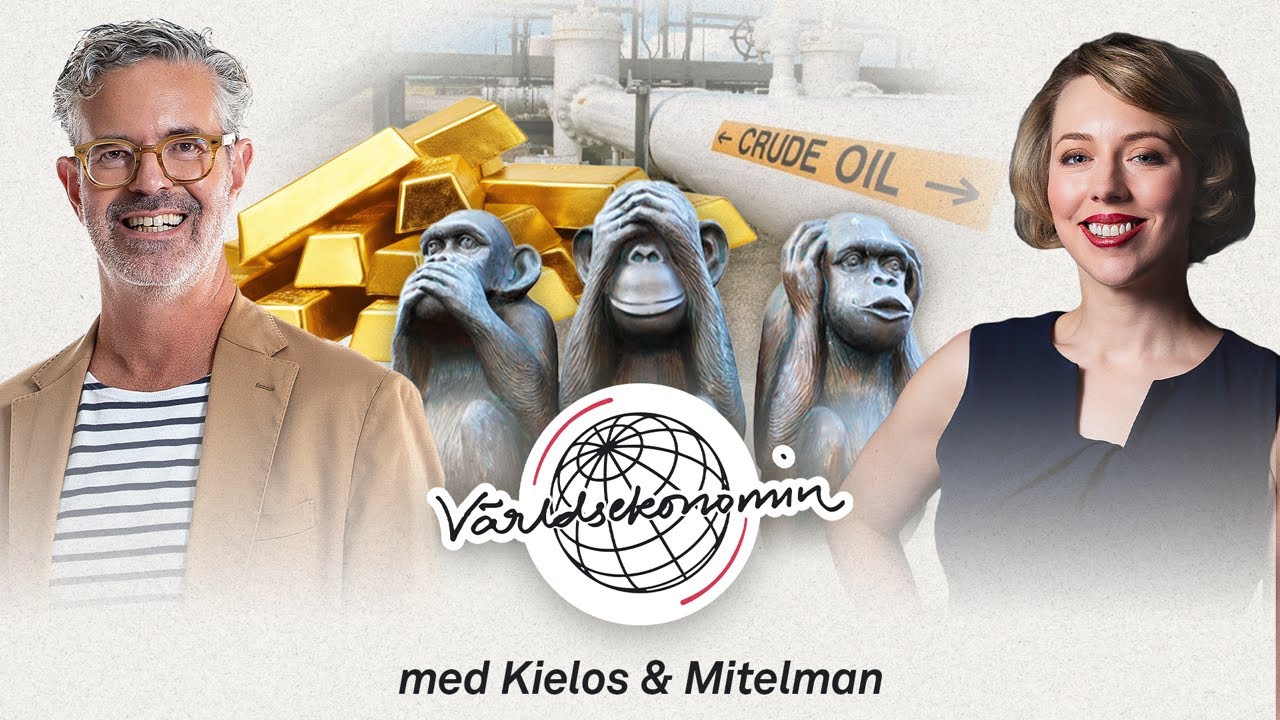
Oljepriset är åter i fokus på grund av kriget i Mellanöstern. Är marknadens tystnad om de stora riskerna, det som vi egentligen verkligen bör oroa oss för? Och varför funderar Tyskland på att plocka hem sin guldreserv från New York? I veckans avsnitt av Världsekonomin pratar Katrine Kielos och Henrik Mitelman om olja, tystnad och guld. Europa är ju mer beroende av oljepriset än USA, hur orolig ska man vara för att det stiger? En krönika i Financial Times lyfte nyligen “marknadens oroande tystnad”, den syftade på skillnaden mellan den dystra geopolitiska utvecklingen i världen och en marknad som samtidigt återhämtat sig 20 procent sen början av april, trots tullkriget. Vad säger marknadens tystnad egentligen? I Tyskland pågår en debatt om att plocka hem sin guldreserv från USA. Handlar det om bristande förtroende för Donald Trump – och kan det rentav ha något med “hämndskatten” att göra?
-

 Nyheter3 veckor sedan
Nyheter3 veckor sedanStor uppsida i Lappland Guldprospekterings aktie enligt analys
-

 Nyheter4 veckor sedan
Nyheter4 veckor sedanBrookfield ska bygga ett AI-datacenter på hela 750 MW i Strängnäs
-

 Nyheter4 veckor sedan
Nyheter4 veckor sedanSommaren inleds med sol och varierande elpriser
-

 Nyheter3 veckor sedan
Nyheter3 veckor sedanSilverpriset släpar efter guldets utveckling, har mer uppsida
-

 Analys4 veckor sedan
Analys4 veckor sedanBrent needs to fall to USD 58/b to make cheating unprofitable for Kazakhstan
-

 Nyheter4 veckor sedan
Nyheter4 veckor sedanTradingfirman XTX Markets bygger datacenter i finska Kajana för 1 miljard euro
-

 Nyheter2 veckor sedan
Nyheter2 veckor sedanUppgången i oljepriset planade ut under helgen
-

 Nyheter2 veckor sedan
Nyheter2 veckor sedanLåga elpriser i sommar – men mellersta Sverige får en ökning


